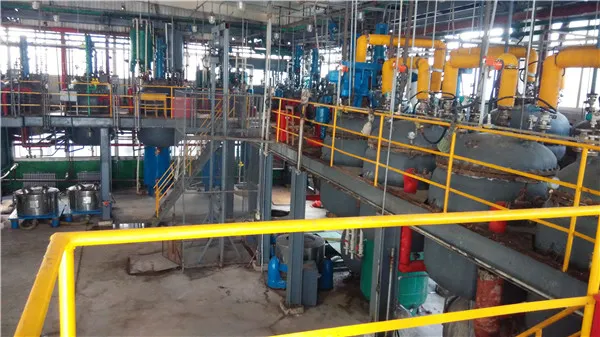Ammonium Mercuric Thiocyanate Properties, Uses, and Safety Concerns
Ammonium mercuric thiocyanate, often referred to as mercuric ammonium thiocyanate or simply mercuric thiocyanate, is an intriguing chemical compound with the formula NH4[Hg(SCN)4]. This compound is known for its unique properties and has applications in various fields, including chemistry, medicine, and environmental science.
Chemical Properties
Ammonium mercuric thiocyanate appears as a white crystalline solid that is highly soluble in water. It has a complex structure, consisting of ammonium ions (NH4+) and mercuric thiocyanate anions ([Hg(SCN)4]2-). The presence of mercury, one of the heaviest metals, gives this compound significant chemical stability. However, this stability also comes with potential toxicity concerns. Mercury is well-known for its adverse effects on human health and the environment, making the safe handling and disposal of this compound critical.
Applications
One notable application of ammonium mercuric thiocyanate is in the field of analytical chemistry, where it serves as a reagent for the detection and determination of various ions and compounds. Its ability to form stable complexes allows chemists to utilize it in titrations and qualitative analyses. Additionally, it is employed in the preparation of other mercury compounds and can be used in the synthesis of organic compounds.
ammonium mercuric thiocyanate

In organic chemistry, ammonium mercuric thiocyanate can act as a source of mercuric ions, which are crucial in certain types of reactions, such as those involving electrophilic addition to double bonds. Its utility in research laboratories further extends to biochemistry, where it can be used in the study of enzyme activities and interactions due to its ability to alter the electronic properties of molecules.
Safety Concerns
Despite its useful applications, the presence of mercury in ammonium mercuric thiocyanate presents significant health risks. Mercury is a potent neurotoxin that can cause serious health issues, including cognitive deficits, respiratory problems, and kidney damage. Consequently, adequate precautions must be taken when handling this compound, including the use of personal protective equipment such as gloves and masks, proper ventilation, and adherence to safety protocols.
Moreover, the environmental impact of mercury-containing compounds cannot be overlooked. The release of mercury into ecosystems can lead to bioaccumulation, where organisms absorb the toxin more quickly than they can eliminate it. This bioaccumulation can have dire consequences for wildlife and can ultimately affect human health through the consumption of contaminated fish and shellfish.
Conclusion
Ammonium mercuric thiocyanate is a compound of great interest in various scientific fields due to its unique properties and versatile applications. However, the associated risks of mercury toxicity necessitate stringent safety measures and responsible usage. As research continues into safer alternatives and methods, it remains vital to balance the benefits of this compound with the potential dangers it poses to human health and the environment. Understanding both its utility and hazards will guide future applications and regulations regarding this complex chemical.

